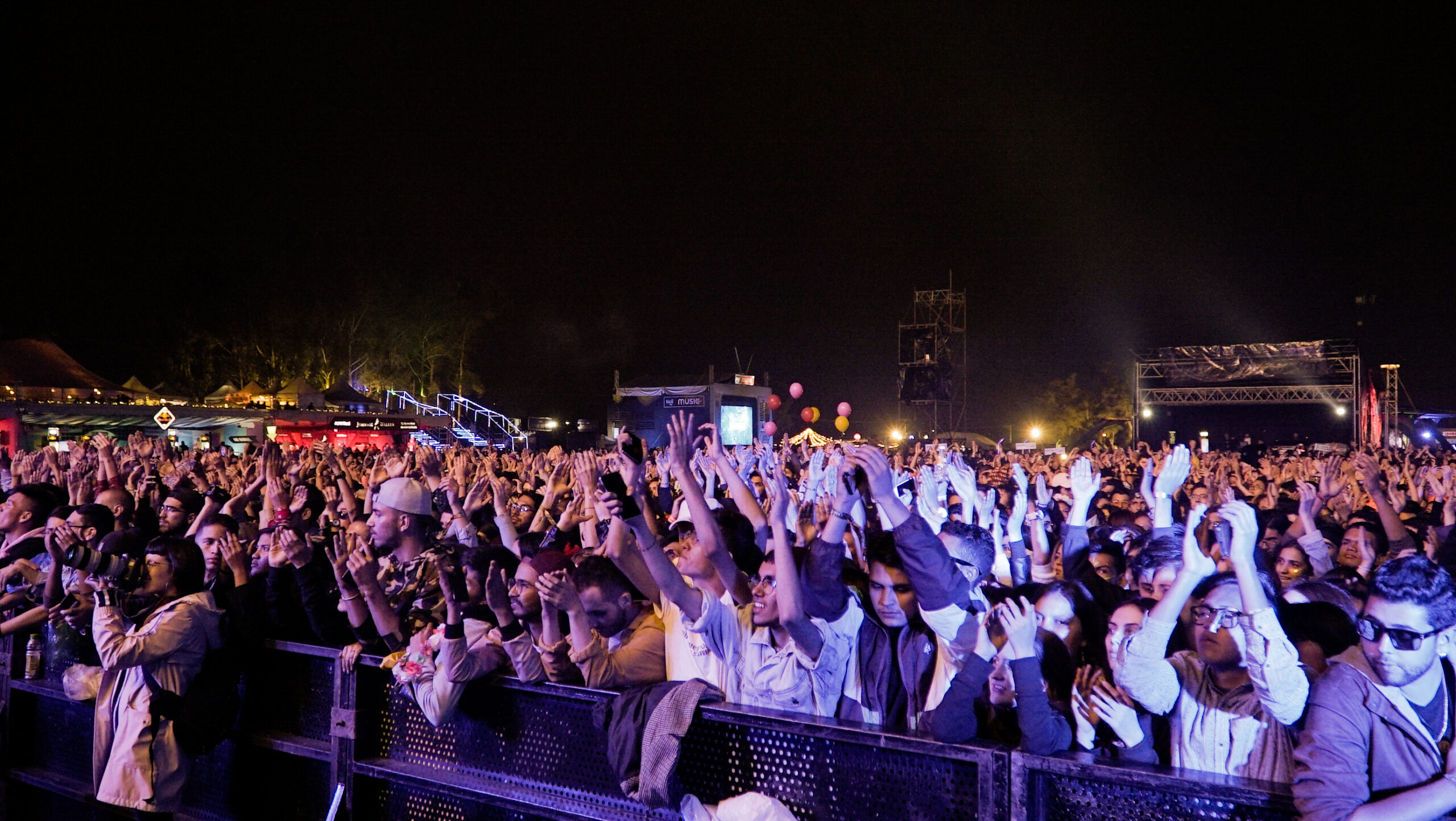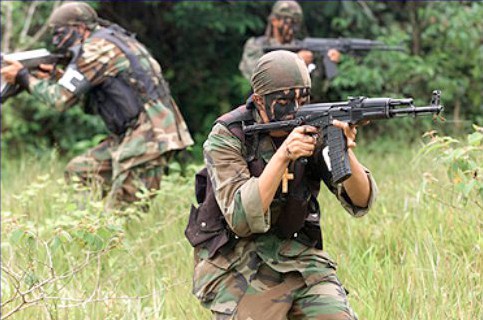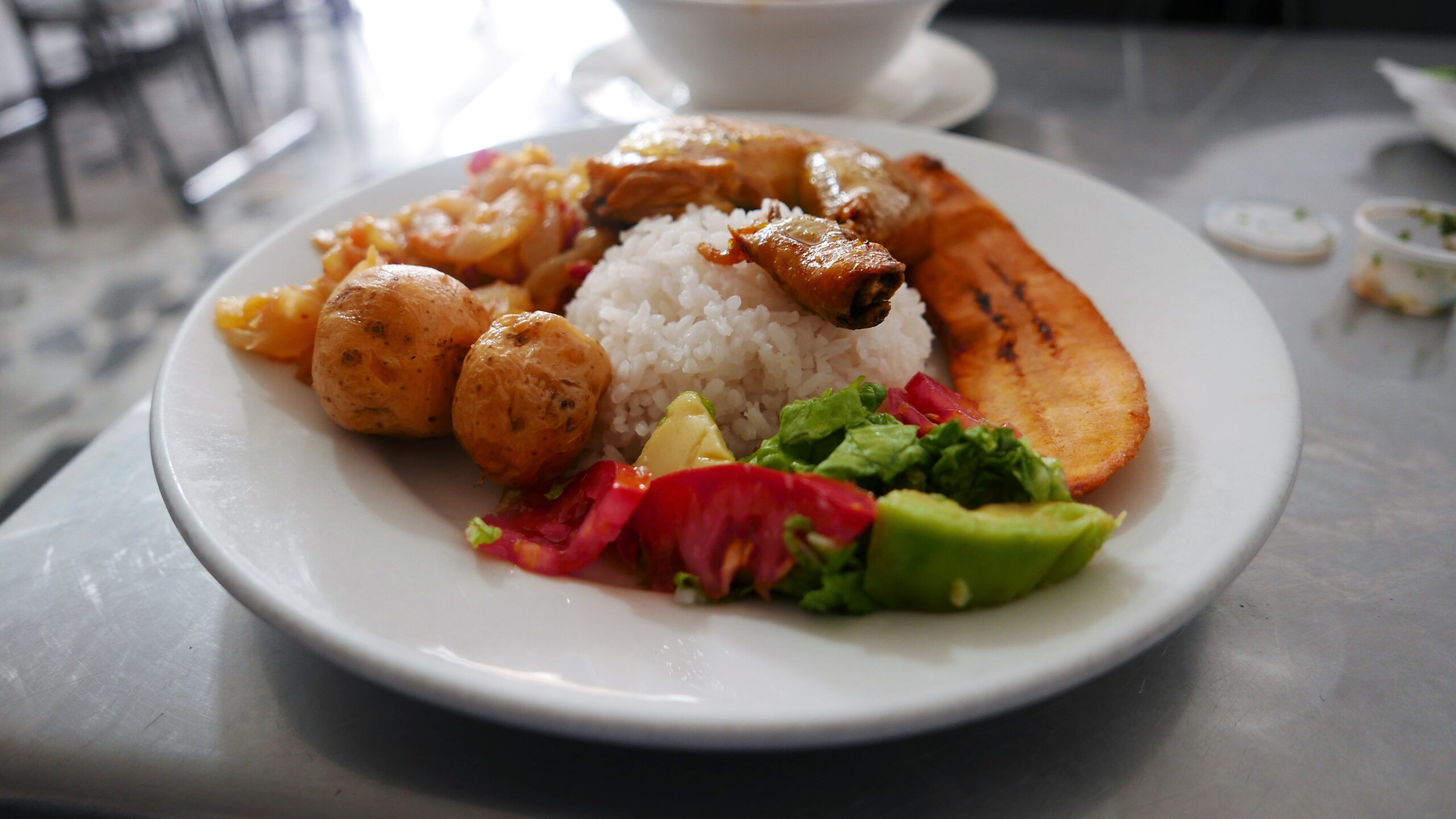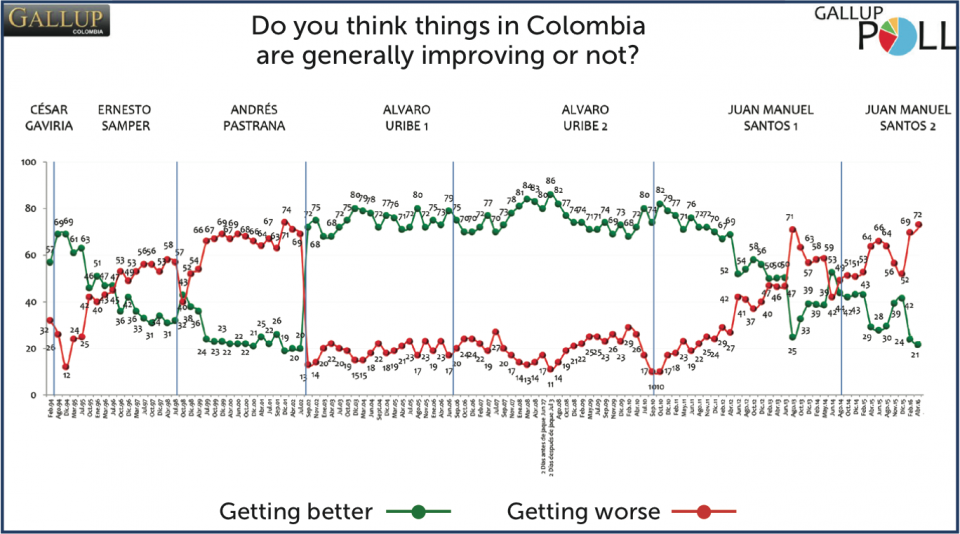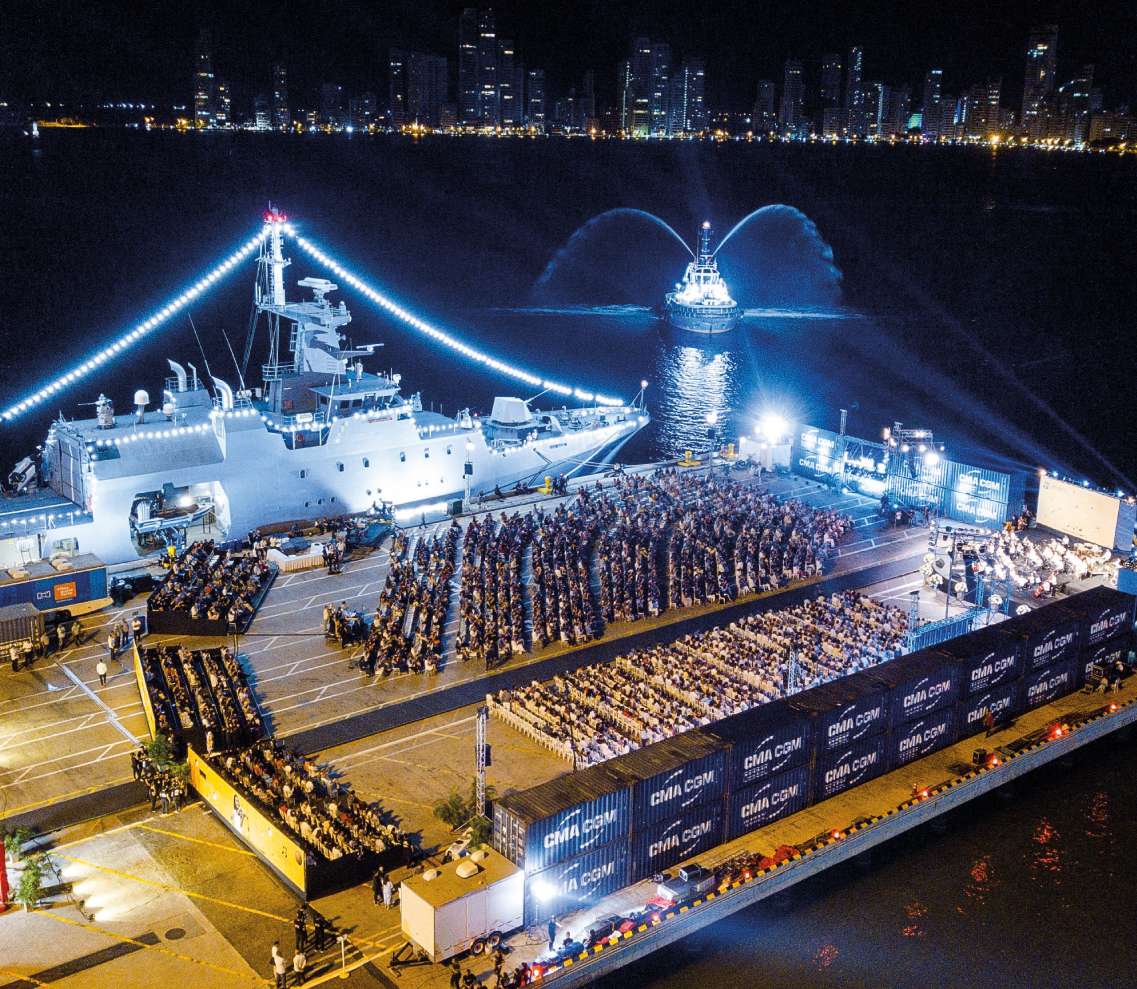Our regular column that gives a snapshot of Bogotá life takes us to the plaza outside Gran Estación.
At the edge of the Plaza Metropolitana de Los Alfiles, just before you step out onto the narrow service road that connects you to Calle 26, there’s a tree-lined strip with a humble row of palms. They won’t be the biggest trees you’ve ever seen – not compared to other palms – but they’re something to look at. It’s a strange choice of tree. You wouldn’t imagine that they’d be indigenous to Bogotá’s climate. Even less-so than the also non-native pines you see in Quebrada la Vieja, and yet they pop up randomly throughout the city.
You wonder how the conversation went between whoever made that decision and whoever financed it. Having recently gone to Home Center to do a bit of exotic tree seed shopping for reasons that aren’t really any of your business, I can tell you that palm trees are more expensive per unit than just about any other species you can grow in this part of the country. I mention that to say that there’s no way those palm trees ended up there by accident or as an afterthought.
I figure maybe they’re meant to put people at ease – a Jedi mind trick used to transport shoppers to an idyllic travel destination.The problem with that theory is that there aren’t enough palms in the plaza to convince you that you’ve even left Bogotá. Perhaps if there were, the maybe ten planted there wouldn’t seem so out of place.
Question of belonging
It’s a Sunday and I’ve been sitting in the Plaza for about an hour. I’m watching two kids – presumably siblings – duel with white plastic rods that, only moments earlier, were used to support balloons their dad bought them from a nearby éxito. The kids were running around absent-mindedly (as playing kids do) when, almost simultaneously, their balloons grazed the fronds of one of the palm trees and popped. Told you those trees don’t belong. You could say that about a lot of what you find in this city.
It seems like everyone in Bogotá owns a husky – perhaps a collective commentary on just how cold Bogotanos find it here – even though those dogs originate from and are genetically adapted to live in much colder climates. The same is true of the vallenato that trumpets out of the speakers of your neighborhood fruteria. Costeño in origin, the songs typically talk of romance, warmth, and general humanity. While it’s not husky climate, the Costeño warmth is somewhat missing in La Nevera. I’d go as far as to say life in the fridge has surgically removed Bogotanos’ warmth, but those who come from less-friendly countries may disagree.
This thinking leads me to wonder about the mix of people that dwell in the city and a term that
The distinction was always a confusing one for me. It’s been used to justify every shade of elitism imaginable (in Bogotá, they’re all just shades of grey), despite their being baseless. It stops just short – if only explicitly – of a condescending pat on the head that says: “your way is cute, but things should really be done our way,” because Colombia is a place that has always taken its marching orders from the capital. Logically, the more tightly woven into Bogotá your lineage, the more deserving you are of a seat at its table. It’s Draco Malfoy shaming Hermione Granger for being a mudblood: not something one usually hears in civilised conversation.
The irony of it all is that the more a place becomes a hub of importance, the more outside influence it attracts. Bogotá was never going to remain unidimensional, nor – I don’t think – was that ever the intention. After a while, you realize that all of the new wrinkles that work their way into the fold of the city’s fabric are like those palms in the Plaza Metropolitana de Los Alfiles: they may stick out at first, but in the end, somehow, they fit.

